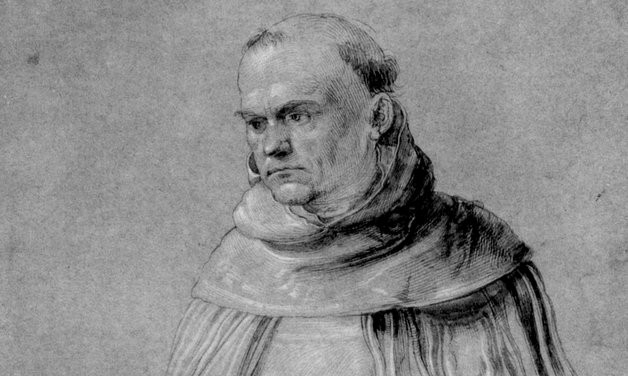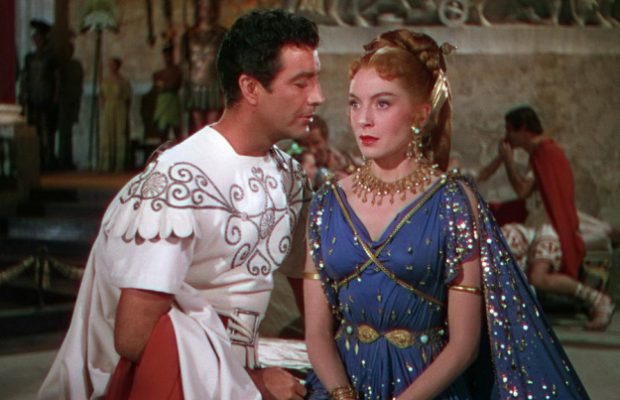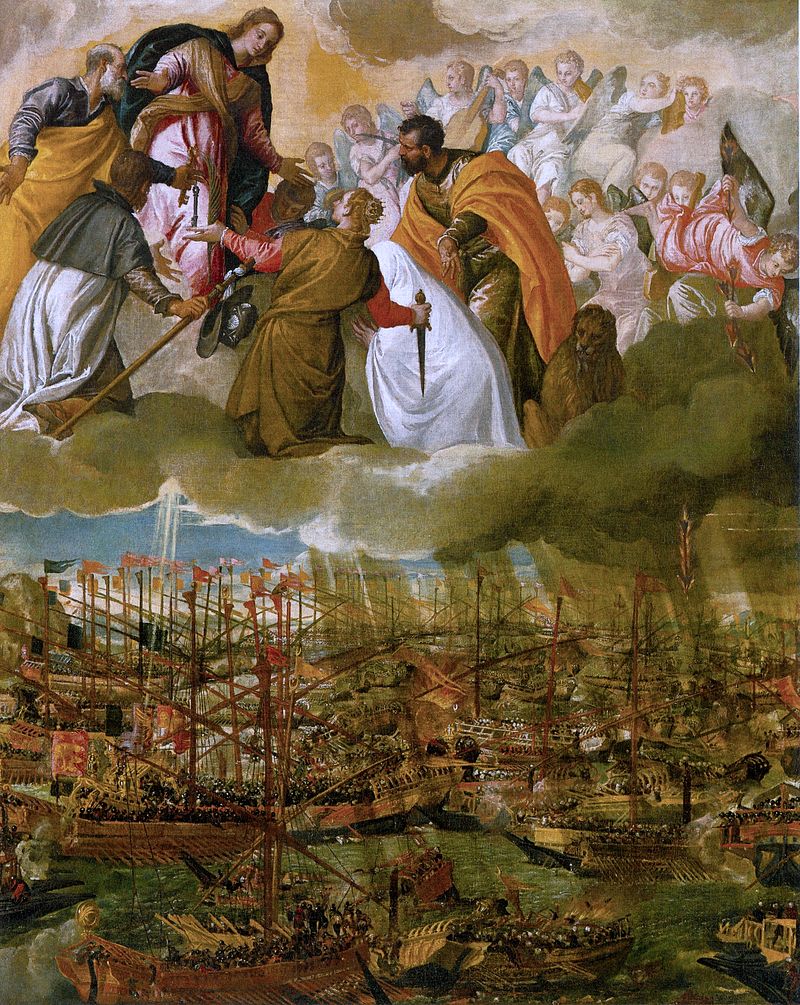Or Fourth Sunday of Easter according to the old rite. From
Our Jesus has organized his Church, and confided to his Apostles the
sacred deposit of the truths which are to form the object of our faith.
We must now follow him in another work, of equal importance to the
world, and to which he gives his divine attention during these forty
days: it is the institution of the Sacraments. It is not enough that we
believe; we must, moreover, be made just, that is, we must bear upon us
the likeness of God’s holiness; we must receive, we must have
incorporated within us, that great fruit of the Redemption, which is
called Grace; that thus being made living members of our divine
Head, we may be made joint-heirs with him of the Kingdom of heaven.
Now, it is by means of the Sacraments, that Jesus is to produce
in us this wondrous work of our justification; he applies to us the
merits of his Incarnation and Sacrifice but he applies them by certain
means, which he himself, in his power and wisdom, has instituted.
Being the sovereign Master of his own gifts, he can select what means he pleases whereby to convey Grace to us; all we
have to do is to conform to his wishes. Thus, each of the Sacraments is
a law; so that it is in vain that we hope for a Sacrament to produce
its effects, unless we fulfill the conditions specified by our Redeemer.
And here, at once, we cannot but admire that infinite goodness, which
has so mercifully blended two such widely distinct operations in one and
the same act—namely, on the one side, the humble submission of man and,
on the other, the munificent generosity of God.
We were showing, a few days back, how the Church, though a spiritual
society, is also visible and exterior, because man, for whose sake the
Church was formed, is a being composed of body and soul. When
instituting the Sacraments, our Lord assigned to each an essential rite;
and this rite is outward and sensible. He made the Flesh,
which he had united to his Divine Person, become the instrument of our
salvation by his Passion and Death on the Cross; he redeemed us by
shedding his Blood for us:—so is it in the Sacraments; he
follows the same mysterious plan, taking physical things as his
auxiliaries in effecting the work of our justification. He raises them
to a supernatural state, and makes them the faithful and all-powerful
conductors of his grace, even to the most intimate depths of our soul.
It is the continuation of the mystery of the Incarnation, the object of
which is to raise us, by visible things, to the knowledge of things
invisible. Thus is broken the pride of Satan; he despised man because he
is not purely a spirit, but is spirit and matter unitedly; and he
refused to pay adoration to the Word made Flesh.
Moreover, the Sacraments, being visible signs, are an additional bond of union between the members of the Church: we say additional,
because these members have the two other strong links of
union—submission to Peter and to the Pastors sent by him, and profession
of the same faith. The Holy Ghost tells us, in the Sacred Volume, that a threefold cord is not easily broken.
Now we have such a one; and it keeps us in the glorious unity of the
Church—Hierarchy, Dogma, and Sacraments, all contribute to make us One
Body. Everywhere, from north to south, and from east to west, the
Sacraments testify to the fraternity that exists among us; by them, we
know each other, no matter in what part of the globe we may be, and by
the same we are known by heretics and infidels. These divine Sacraments
are the same in every country, how much soever the liturgical formulæ of
their administration may differ; they are the same in the graces they
produce, they are the same in the signs whereby grace is produced, in a
word, they are the same in all the essentials.
Our Risen Jesus would have the Sacraments be Seven. As at the
beginning he stamped the Creation of the visible world with this sacred
number—giving six days to work and one to rest—so too would he mark the
great spiritual creation. He tells us, in the Old Testament, that Wisdom (that is, himself—for he is the Eternal Wisdom of the Father) will build to himself a House, which is the Church; and he adds that he will make it rest on seven pillars.
He gives us a type of this same Church in the Tabernacle built by
Moses, and he orders a superb Candlestick, to be provided for the giving
light, by day and night, to the holy place; but there were to be seven branches to the Candlestick,
and on each branch were to be graven flowers and fruits. When he raises
his beloved Disciple to heaven, he shows himself to him surrounded by seven candlesticks, and holding seven stars in his right hand. He appears to him as a Lamb, bearing seven horns (which are the symbol of strength), and having seven eyes (which signify his infinite wisdom). Near him lies a Book, in which is written the future of the world; the Book is sealed with seven seals, and none but the Lamb is able to loose them. The Disciple sees seven Spirits, burning like lamps, before the throne of God, ready to do his biddings, and carry his word to the extremities of the earth.
Turning our eyes to the kingdom of Satan, we see him mimicking God’s work, and setting up a seven of his own. Seven
capital and deadly sins are the instruments whereby he makes man his
slave; and our Savior tells us that when Satan has been defeated, and
would regain a soul, he brings with him seven of the wickedest spirits of hell. We read in the Gospel that Jesus drove seven
devils out of Mary Magdalene. When God’s anger bursts upon the world,
immediately before the coming of the dread Judge, he will announce the
approach of his chastisements by seven trumpets, sounded by seven Angels; and seven other Angels will then pour out upon the guilty earth seven vials filled with the wrath of God.
We, therefore, who are resolved to make sure our election; who desire
to possess the grace of our Risen Jesus in this life, and to enjoy his
vision in the next; oh! let us reverence and love this merciful Seven-fold,
these admirable Sacraments! Under this sacred number, he has included
all the varied riches of his grace. There is not a want or necessity,
either of souls individually, or of society at large, for which our
Redeemer has not provided by these seven sources of regeneration and
life. He calls us from death to life by Baptism and Penance; he
strengthens us in that supernatural life by Confirmation, the Eucharist,
and Extreme Unction; he secures to his Church both Ministry and
increase by Holy Orders and Matrimony. The seven Sacraments supply
everything needed; take one away, and you destroy the harmony. The
Churches of the East—though severed, now for long ages, from Catholic
unity—retain all seven: and when Protestantism broke the sacred number,
it showed in this, as in all its other pretended reformations,
that it was estranging itself from the spirit of the Christian Religion.
No: the doctrine of the Sacraments is one that cannot be denied without
denying the true Faith. If we would be members of God’s Church, we must
receive this doctrine as coming from Him who has a right to insist on
our humble submission to his every word. It is to the soul which thus
believes, that the Sacraments appear in all their divine beauty and
power: we understand, because we believe. Credite, et intelligetis! It is the fulfillment of the text from Isaias, as rendered by the Septuagint (vii. 9): Unless ye believe, ye shall not understand! (Read more.)
 It is a feast for those of us who have been praying for decades for the conversion of certain people. As St. Monica found, prayers that are accompanied by tears are never in vain. From Fr. Mark:
It is a feast for those of us who have been praying for decades for the conversion of certain people. As St. Monica found, prayers that are accompanied by tears are never in vain. From Fr. Mark:








































